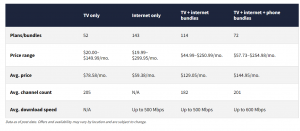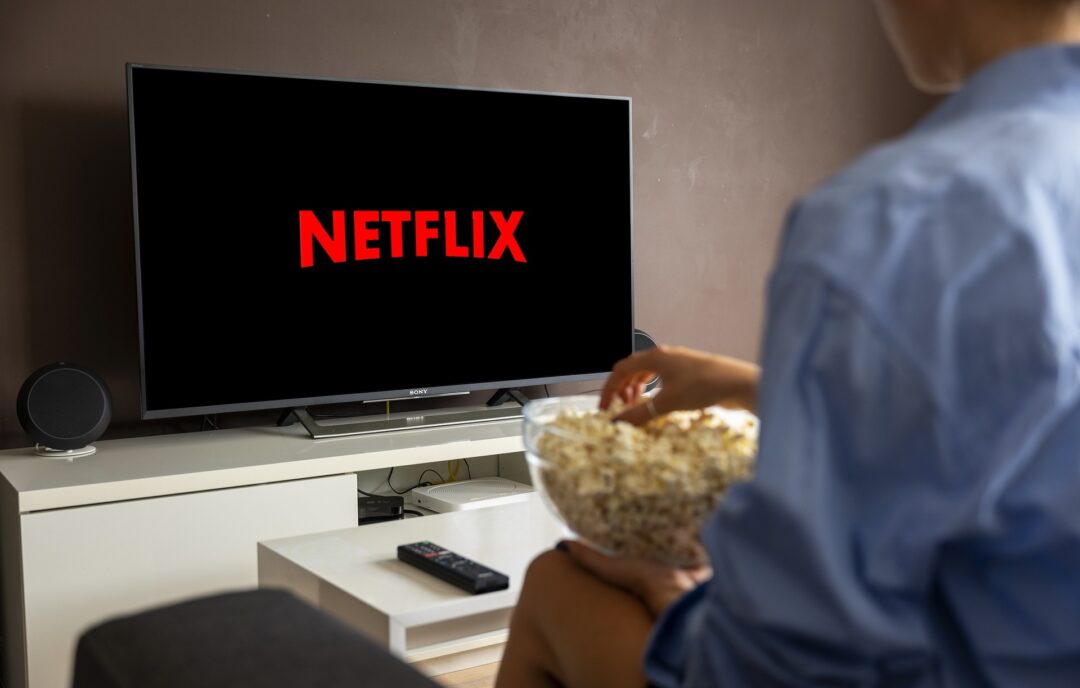Neil Campling, head of TMT research at Mirabaud Equity Research, said:
Netflix have been staunch opponents of the idea of subsidizing their streaming service with advertising. Until now. Netflix is now the priciest streaming service and competition is biting. Netflix has to consider a cheaper tier, supported by advertising, as it has exhausted the core cohort it has served to date. It is also, effectively, an admission that their last price increase was a mistake. Not least because the timing couldn’t have been worse – consumers are feeling the pinch from inflation everywhere, and so even the ‘throwaway’ $15/month is no longer a throwaway as every dollar/pound/euro counts in household budgets.
On the plus side is good free cash flow growth. However, there is also a rising content cost, with an eye-watering $18B carved out for content in 2022. In essence, Netflix are doubling down on content spend as the investment in both quality and variety means that content spend growth will be higher relative to previous years. The risk is that Netflix could become a slow-growing company which produces very little in the way of cash.
Looking at the past, Netflix had (1) a first mover advantage and (2) offered a new revenue stream to other media companies who were struggling for growth. The combination of (1) + (2) led to (3) = scale. The media giants didn’t view Netflix as a rival, until their users/viewers started cutting the cord. Netflix saw this coming and invested significantly on their own generated content, although the most viewed programs remained the libraries owned by others (Friends, The Office etc.).
Fast-forward to 2022 and there is a crowded field of players, and users face a plethora of options. The very essence of the streaming ‘hook’ was low price and convenience (in that order). In the US, the monthly cable TV offering costs $78.50/month (March 2022). This is derived from the CableTV site which analysed 281 TV packages and bundles from 15 top TV providers (that alone tells you just how many offerings there are).
There are many streaming choices. Keeping this to the US, for now, you also have the choice of on-demand streaming TV and live-TV Streaming. Just looking at the on-demand streaming vertical the best known, other than Netflix, are Prime Video, Hulu, Peacock, Disney+, HBO Max, ESPN+, Paramount+, Apple TV+ and Discovery+. Two things stand out. First, Netflix’s highest HD offering, at $19.99/month is the most expensive. And if a subscriber wanted to cut off their cable and take all of these different OTT streaming platforms in their place – it would be more expensive than cable. The combination of these streaming services would cost $104, compared to the $79 of Cable – totally defeating the reason for cord cutting!
Netflix needs a wider bucket of content, and a cheaper price offering. An ad-supported tier can solve the second issue. The stumbling block is the first one. Because those studios won’t be wanting to share their own IP and franchises with a company that is now a clear competitor.
There is a simple solution to this, we feel. An acquisition. The most obvious target, in our mind, would be a rival TV company such as Paramount+. That would give Netflix an additional brand that offers lower-priced tiers of service, one of which carries ads, thereby diversifying its revenue. Paramount+ has significant original series (such as Twilight Zone, Survivor, 60 Minutes, Blue Bloods, Criminal Minds, Star Trek, Twin Peaks, Dexter), 30,000 episodes and movies across world renowned channels from CBS, Comedy Central, Nickelodeon, MTV, BET, a significant Latin American Spanish offering, sports licensing deals (e.g.. NFL, NCAA basketball, PGA Tour golf and the UEFA Champions League) and an ad-supported free platform, PlutoTV, acting as a conversion funnel.






